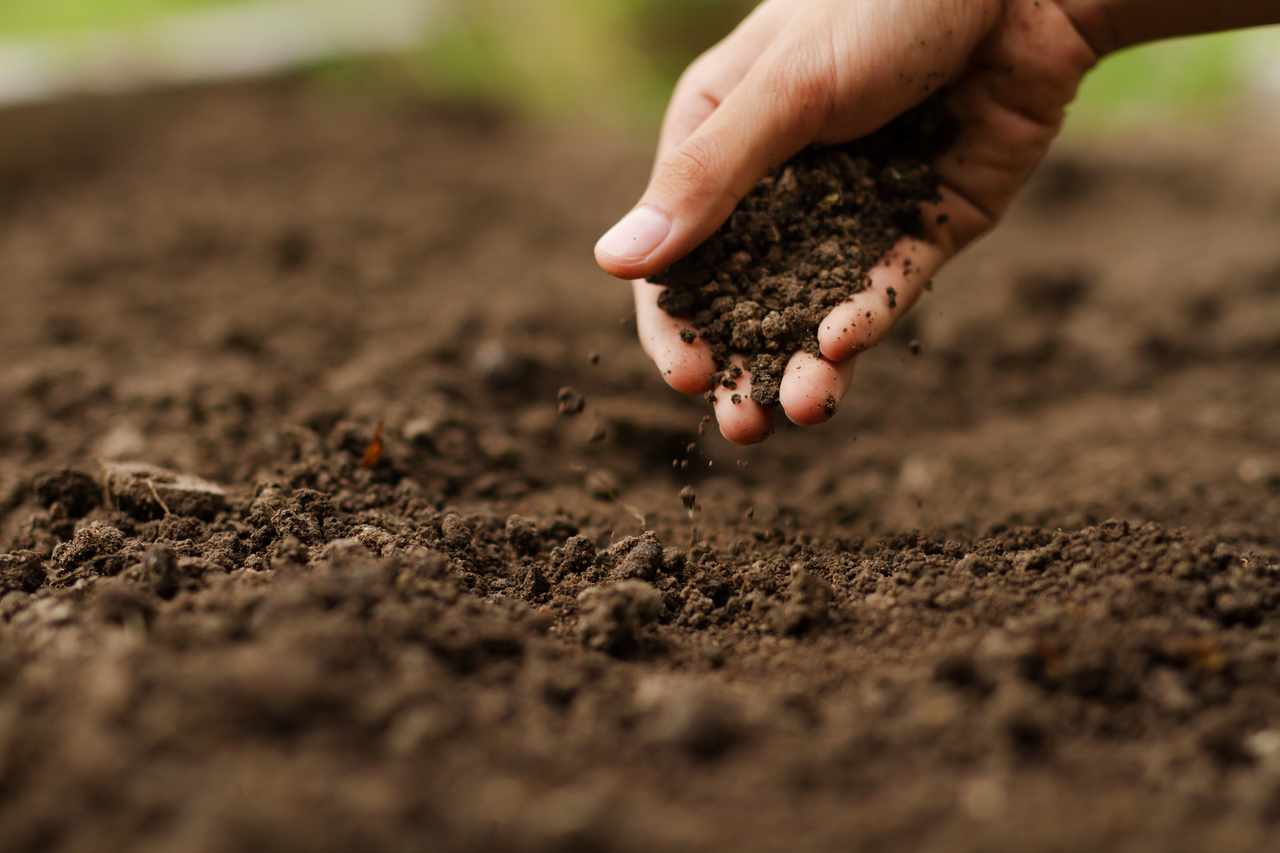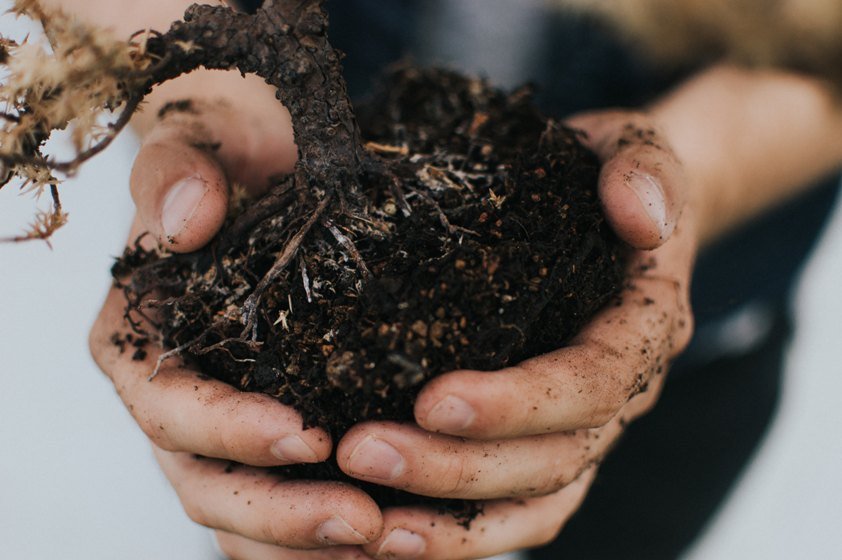In the quiet hum of a well-tended garden, soil health often serves as the unsung hero, underpinning the vitality of every plant. However, beneath this quiet exterior, soil can harbor a myriad of pests, diseases, and mold, posing silent threats to our horticultural endeavors. This article delves into the unique strategies for preventing soil mold, pests, and diseases, emphasizing holistic care, natural remedies, and a deep understanding of soil ecology.
The Importance of Soil Health

Healthy soil is the cornerstone of successful gardening. Rich in organic matter, it supports robust plant growth, fosters beneficial microorganisms, and acts as a natural barrier against pests and diseases. Conversely, soil compromised by compaction, poor drainage, or excessive moisture becomes susceptible to mold growth and pest infestations.
Understanding Soil Mold
Soil mold, typically a fungi, thrives in damp, poorly aerated conditions. It can manifest as a white, gray, or black fuzzy growth on the soil surface or roots, inhibiting nutrient absorption and compromising plant health. Prevention begins with improving soil drainage and ensuring proper air circulation. Incorporating compost and organic matter enhances soil structure, allowing for better water retention and drainage, while also promoting microbial activity that competes with mold fungi.
Natural Remedies for Soil Pests and Diseases
Chemical pesticides often disrupt the delicate soil balance, harming beneficial insects and microorganisms along with pests. Instead, natural remedies offer effective alternatives. Neem oil, a natural insecticide, can be used to treat soil-dwelling pests like nematodes and grubs. In addition, introducing beneficial nematodes, which prey on harmful soil insects, provides a biological control method. For mold, a mix of baking soda and water can be sprayed on the soil surface to create an alkaline environment hostile to fungi.
Promoting Biodiversity
A diverse garden ecosystem naturally resists pests and diseases. Companion planting, where certain plants are grown together to mutual benefit, can help. For example, planting marigolds near tomatoes can repel nematodes and pests, while basil can deter mosquitoes and flies. Encouraging earthworms and other soil-dwelling creatures further enhances soil health, as they aerate the soil and consume organic matter, reducing the likelihood of mold growth.

Regular Monitoring and Maintenance
Maintaining soil health requires vigilance. Regularly inspecting the soil and plant roots for signs of mold, pests, or diseases allows for early intervention. Using mulch correctly—spreading it lightly around plants but not touching the stems—can help regulate soil moisture and temperature, reducing the risk of mold. Additionally, crop rotation prevents pests and diseases from building up in the soil over time.
Conclusion: A Holistic Approach
Conquering soil mold, pests, and diseases is not just about treating symptoms but nurturing a resilient soil ecosystem. By adopting a holistic approach—improving soil health, using natural remedies, promoting biodiversity, and maintaining vigilant care—gardeners can foster gardens that are not only beautiful but also sustainable. Remember, the health of our soil is the foundation of our gardening success, and with care, it can become a resilient fortress against the silent threats of mold, pests, and diseases.




















